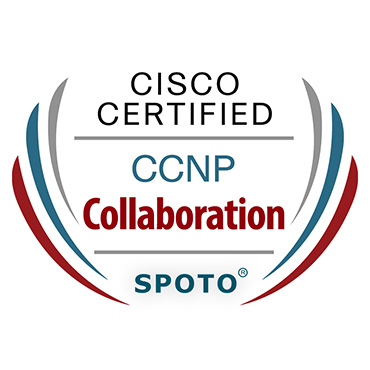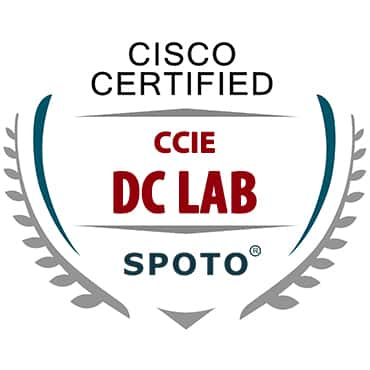As the demand for technology would be evolving rapidly, so must the infrastructure which would be powering our digital world. When you would be thinking about next-generation tech, images of indescribable advancements likely are filling your mind. While this is mostly considered to be true, especially when it would be coming to deep-level computing, some of the most dynamic evolutions would be stimulated not by newness, but by reactivating antique structures. Few situations highlight this truth as powerfully as the implementation of IPv6, which would be also known as Link-Local Address.
Fascinatingly, IPv6 Link, Local Address has been actively exploiting since its creation, its capabilities, as well as functionality, has only garnered attention throughout the last couple of years. Regardless of your interest or experience in computer networks as well as backend infrastructure, understanding the potential and role of this widely utilized network configuration is dominant.
In order to help you out in explaining the utilization of IPv6 Link-Local Address, it would be considered best to start at the beginning as well as working your way into more advanced topics. As with all network configurations, the current, as well as future utilization of IPv6, is poised for evolving. However, the potential and power of this evolution would be solely dependent on the widespread understanding of its baseline functions. Before moving further, if you wish to acquire hands-on training, you should opt for the online courses offered at the SPOTO to gain success.
What is a Link-Local Address?
Before diving into the specifics of this configuration, it is considered to be quite important to first understand what a link-local address is as well as why it is utilized in modern connectivity. In the most simplified definition, a link-local address is considered to be a sequence of numbers or a network address, that’s utilized only within the confines of what would be known as a network segment, also it could be simply referred to as a link.
This network address might also be utilized within a broadcast domain that would be connecting a host computer. Unlike a standard IP address, a link-local address isn’t considered to be unique universally, which basically would be meaning its numerical sequence might be identical for another address found outside of its assigned network segment. One of the fundamental utilization of a link-local address would be to provide an IP address to a machine on a specific network that hasn’t been manually or automatically configured.
What is an IPv6 Address?
If you’re familiar with a standard IP, or Internet Protocol, address then you would be already having a baseline understanding of this unique numerical address configuration.
IPv6 would be standing for Internet Protocol Version 6, and as stated above, is utilized as an identifier for a machine that would be connected to a link, network segment, which would be utilizing IPv6 configurations. One of the most notable differences between IPv6 as well as the more familiar IPv4 configuration is its bit value. While IPv4 would be featuring a 32-bit value, IPv6 would be offering a staggering 128-bit value.
The numerical sequence, or address format, of an IPv6 address, would be assigned by machine-network communication. The requesting machine would be sending what known as an Address Resolution Protocol or ARP signals for short that’s received by other machines that would be connected to the network segment. In the most basic of explanations, if this address wouldn’t be utilized by another machine within the network segment, it would be assigned to the requesting device.
So, if you wish to gain in-depth knowledge about the same, you should gain the study materials, which are formulated and offered by the SPOTO.












Comments